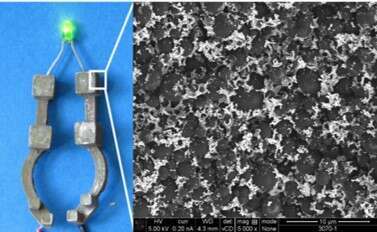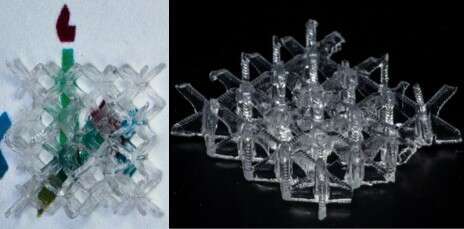
NEW INKS FOR 3D PRINTING OF HYBRID AND GLASS STRUCTURES
Three-dimensional (3D) printing is a highly efficient tool, which enables the formation of complex structures that are impossible to fabricate by traditional processes. Currently the main research in this area is focused on the printing technologies, improving the printing speed and the mechanical properties of the printed structures.
In this research, we focus on developing new 3D printable materials that are composed of organic-inorganic hybrid inks. Such hybrid inks enable fabrication of 3D structures with various properties, such as electrical conductivity, high thermal stability, high mechanical strength, and optical transparency.
The ink formulations developed in this work divides into two main approaches:
(1) Formation of 3D conductive objects by impregnating porous organic structures with conductive materials, resulting in electrical conductors embedded within the pores. (2) Formation of opaque or transparent ceramic structures, with excellent heat stability, by new inks composed of ceramic precursors.


Powered by Eventact EMS